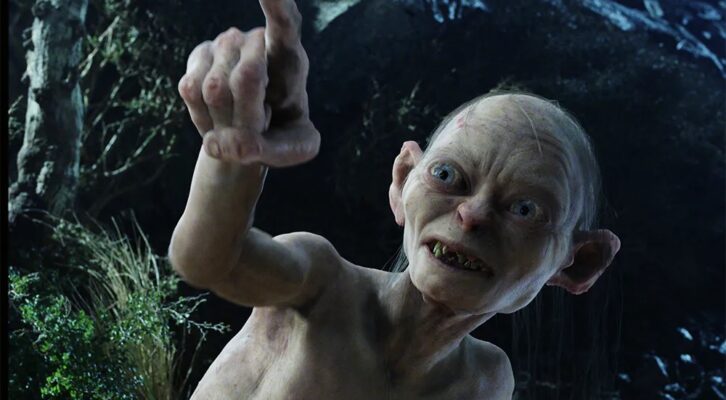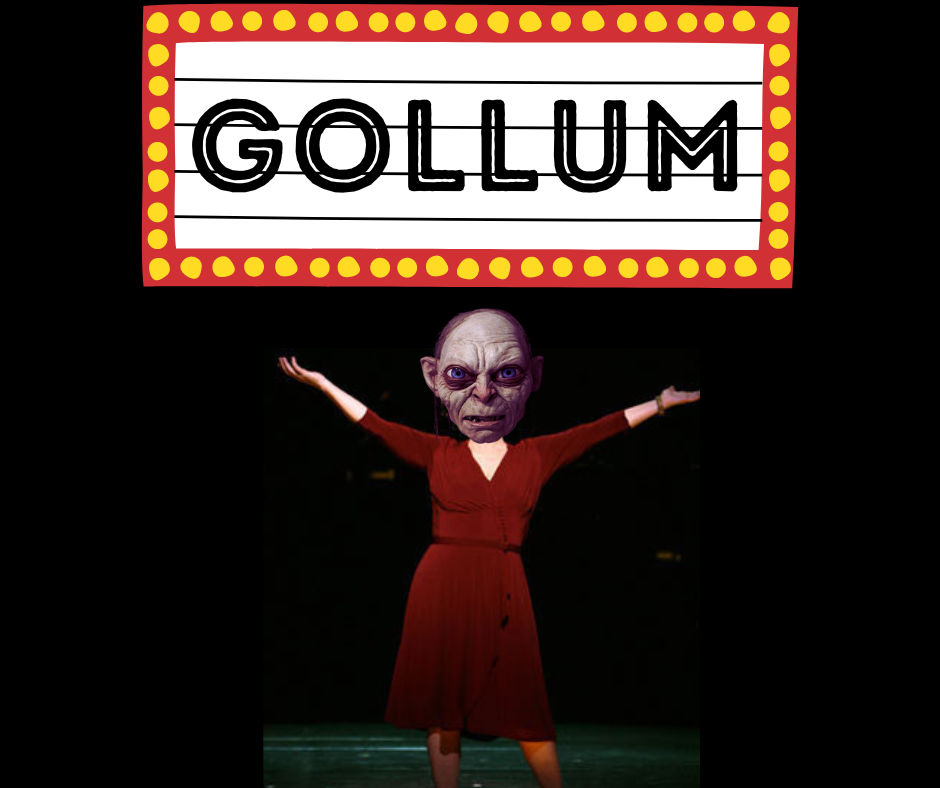
Gollum is getting his own spinoff. But is it really necessary?
Get in, loser. We’re apparently headed…back to the Shire.
That’s right, all you elves and hobbits. You Dúnedain and Nazgûl. Earlier this week, news dropped of an addition to the ever-expanding Lord of the Rings’ cinematic universe. According to OG trilogy director Peter Jackson—i.e., the Tolkien super-fan directly responsible for that Aragorn poster in your high-school bedroom—it is now Gollum’s turn to take the narrative reins of a franchise.
 Live footage of Gollum, getting His Turn.
Live footage of Gollum, getting His Turn.
The famous kleptomaniac will star in a new film titled Lord of the Rings: The Hunt for Gollum. The tortured River Man’s backstory is slated for a 2026 release.
“The Gollum/Sméagol character has always fascinated me because Gollum reflects the worst of human nature, whilst his Sméagol side is, arguably, quite sympathetic,” Jackson told Deadline. “I think he connects with readers and film audiences alike, because there’s a little bit of both of them in all of us.”
Here I must pause to snort. Is this true, Peter? Is there, in all of us, a fisherman easily compelled to murder his bestie over a piece of jewelry?!
Much of the original producing team will return to resurrect Sméagol. And Jackson, along with stable series writers Fran Walsh and Phillipa Boyens, will write the screenplay. But in a fun twist, Jackson plans to hand the directing lead over to the actor who made motion capture performance famous: Andy Serkis.
Serkis recently cut his teeth directing the second unit for Jackson’s Hobbit films. He hopes “to create a film which has its place within the canon, but [is] also something that’s fresh and new and…different…”
This all begs a few questions. Can there be a “new” and “different” approach to a canon and character hallmarked by such a specific aesthetic? And—speaking now for the super-fans lately disappointed by The Rings of Power, among other properties—should there be? Especially given that Jackson and co have now exhausted much of the Tolkien-sanctioned mythology, perhaps we should make like the Rivendellians and take our remaining questions to the Undying Lands. You know, to die.
But, as Saruman knows, this is not how the world turns. The trilogy made three billion dollars and walked away with seventeen Academy Awards. From this vantage in our era of timid green-lighting, additional cash grabs look as inevitable as an orc fight when the draught runs out.
And in Deadline, Mike Fleming threw some shade on the choice of subject for this latest ploy:
The next film iteration could have focused on several intriguing characters, including Aragorn, the courageous ranger but reluctant king played by Viggo Mortensen, or for that matter, Orlando Bloom’s elf archer Legolas…or it could have been Ian McKellen’s journey as Gandalf.
I agree. Most of these characters would make for more interesting sequels. (I still have that bedroom poster…) But if I were pitching Peter, I’d add to this list the following log-lines:
The brief and tragic childhood of Gríma Wormtongue, resident creep of Rohan.
As a walking epitome of the question, “Who hurt you?” Wormtongue strikes me as a more natural fit for the back-story treatment. I’d like to know what made this fellow so sour.
The Adventures of Tom Bombadil and Goldberry
Some of us never got over the omission of these mysterious beings from the original movie trilogy. Even though Tom does not “advance the plot,” his choice to sit on the fence during an epoch-defining war has always intrigued me. Where did this dude come from, and what led him to pursue hermitage in the Old Forest? I see this film as a portrait of a moral crisis in the face of world-history, a la Oppenheimer. But instead of the Senate of old white men jurors, we’d have the Entmoot to stand in judgment.
Up With The Haradrim!!!
Much as I love Tolkien’s world, it cannot evade an Orientalist critique. The Haradrim—a race of MENA-coded people depicted glancingly in the trilogy as marauders for team Sauron—are given pretty grotesque shrift. And the Eurocentrism riddling the series is not hard to parse.
The Haradrim seem ripe for the film treatment as their world is outlined, but not fully invented. Tolkien didn’t spend much time imagining those men of the South. So in my materialist history, we’d see Middle Earth through the eyes of a young person raised under the oppressive boot of the Dúnedain. We trace this child’s journey into righteous fury. Is she radicalized when her beloved oliphaunt is pressed into service for the Dark Lord? Or is it glimpsing the riches of Rivendell that does the trick? I’m thinking Gladiator, I’m thinking Dune, I’m thinking take back Pelennor Fields…
No matter. We’ll probably get a chance to explore endlessly proliferating Middle Earth spin-offs in this Age.
Though our architects would do well to remember that all that is gold, does not glitter.
Brittany Allen
Brittany K. Allen is a writer and actor living in Brooklyn.



















